When we debate about cars (which we often do here at GTM) … which is most memorable?, best in class?, in style? performance?… we’re quick to throw out names like: Porsche, Ferrari, Corvette, Lotus. Germany, Italy, US, England… qu’en est-il de la Français? [So what about the French?]
In the US, we easily forget about what we don’t have constantly on display, which meant it was time to répandre l’amour [spread the love] and share in some French appreciation! Review the Instagram feed: #gtmfrancais.
Introduction au français 101
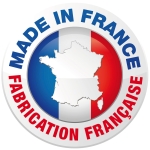
When we think about the humble beginnings of the automobile, I’m sure many of you think back to the Benz-Motorwagen from 1885. It goes down in history and is rightfully heralded as an early Internal Combustion Engine (ICE) “car.”
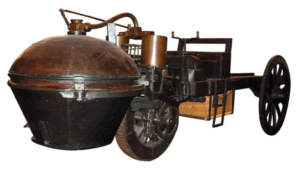
But the honor of “first automobile“ actually goes to a a french inventor: Nicolas-Joseph Cugnot who intended to build a machine to help farmers move heavy loads around more easily. What he ended up with was a full-size and working self-propelled vehicle (above) called the “Fardier à vapeur” — a steam powered “car” in 1769. And if you couldn’t tell, it was front-wheel-drive! Credit for the first “car accident” also goes to France, when one of the Cugnot machines crashed into a stone wall in 1771 – LOL.
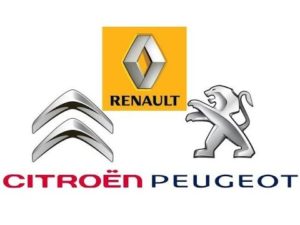
All that being said, the French have been in the car business for quite a long time. And when you think of brands, nowadays you probably only recognize the icons above; but in reality the French design house portfolio looks more like the ones below.
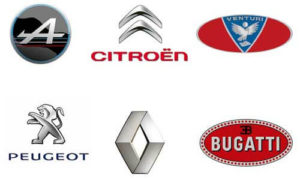

Patrimoine de course
“Racing Heritage” – You might not see many french brands at the top of the charts when it comes to racing records anymore. And whether you believe it or not, they pioneered (and control) a majority of the Motorsports world since the very beginning. For your consideration: The first closed-circuit road race, the Course de Périgueux, was run in 1898, a distance of 145 km on one lap and was governed by the Automobile Club de France (founded in 1895). Rallye Monte Carlo has been held since 1911 passing through Monaco and France. The 24 Hours of Le Mans is the world’s oldest active endurance race, held annually since 1923 near the town of Le Mans, France. The Grand Prix de Monaco has been held annually since 1929, and is widely considered to be one of the most important and prestigious automobile races in the world. Note: And even though Monaco isn’t “France” it *IS* “French adjacent.”

More importantly the Paris-based Fédération Internationale de l’Automobile (better known as the FIA) founded in 1904, is the governing body for many Motorsports disciplines and its most prominent role is in the licensing and sanctioning of Formula One, World Rally Championship, World Endurance Championship, World Touring Car Cup, World Rallycross Championship, Formula E and various other forms of racing, including Motorcycles (see also: FIM).
Despite all other competitions French manufacturers have entered (as seen in the carousel above), nothing compares to WRC. Peugeot and Renault were at the center of the iconic WRC “Grouppe B” era as arch-rivals but also working to take down Audi. Take a look at this video from the Peugeot vaults titled “Climb Dance” featuring Ari Vatanan‘s record Pikes Peak run, as well as other footage from Grouppe B, Raid, Dakar and more! (below).
Oh mon dieu!
For a country that is roughly the size of Texas, they also have a fair amount of active tracks! Check out the list (below).

Enough history lessons … let’s really set the mood with this epic “getaway drive” in a Ferrari 275 GTB from Porte Dauphine to Sacre Coeur de Montmartre at Sunrise – Paris, France shot in 1976.
Très chic!
Is there anything more cozy and romantic, dare I say “more french” than a 2CV? (above)… I think if I polled 10 of my closest petrol-head friends, 9 of them would use the word “QUIRKY“ to describe anything French they’ve ever come across, especially the 2CV. And at first glance, that might be true… but I feel it goes deeper than that. Remember to check out our test drives of the Renault 5 Turbo II and Peugeot 5008.
French design is steeped in history and tradition, its glitzy, glamorous and often nothing short of flamboyant. This confidence trickles down into everything they make, from the Palace at Versailles all the way down to their automobiles. Designs can be considered “eclectic” but I would argue “edge defining” is the more appropriate term. French auto designers have pushed the envelope in many cases where others would never dare. Vous ne pouvez pas faire une omelette sans casser quelques œufs [“You can’t make an omelet without cracking a few eggs”].
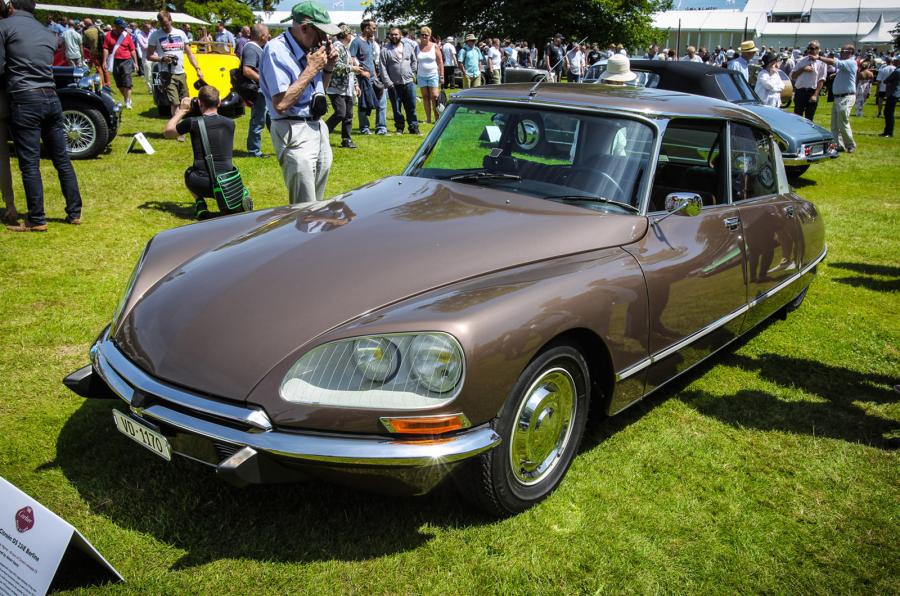
Meanwhile, an icon of French automotive design, the Citroen DS (aka “the goddess”) celebrates its 65th birthday this year. Many argue its “one of the most stylish cars of all time” and I beg to differ. Admittedly, I have a violent and absolute aversion to this car, for me its the escargot of vehicles. BUT! – I can appreciate some of its technological feats that make it so important to the automotive landscape. The DS was the first production car (1955) with disc brakes and all-around independent ‘air spring’ hydraulic suspension. The DS was also the first car with crumple zones and a collapsible steering wheel and an engine designed to roll under the body for protection in an accident. It can also claim to be the first car with a plastic dashboard and with aluminum and plastic body panels. A DS also saved French President De Gaulle’s life in 1962 when his DS was hit by a hail of bullets. In 1967, during design face-lift, swiveling front headlamps were added that turned in time with the steering wheel to illuminate corners at night. #alwaysbeapexing.
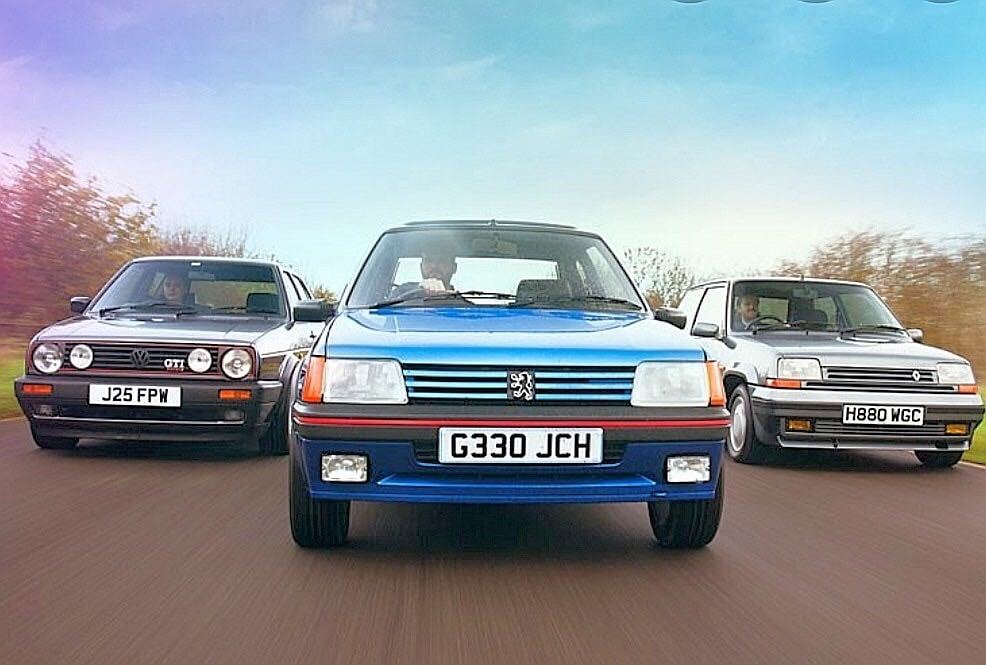
Two of the most iconic “Hot Hatches” are also French. Both the road going versions of the Peugeot 205 (center) and the Renault R5 (right) started life as your run of the mill front-wheel-drive people movers. Checking all the boxes, both vehicles had space for your grocery run, kids, poodle pup and came with roll up windows and a radio. How these two manufacturers bent the rules is still up for debate, but they transformed these unsalted baguettes into fire breathing, mid-engine, rear-wheel-drive missiles. Homologation be damned, when you write the rule book, you can change the rules! 😉
Au revoir!

If you followed us on Instagram: #gtmfrancais this week, you’ll see that we made a couple of laps around the Arc de Triumph! From designs that take us from crusty breads to boeuf bourguignon and everything in between. We really started to realize that many of the french offerings are truly delicate moving works of art. Brands like Renault, Alpine, Venturi and Bugatti have brought passion and excitement to the car world, in the same way that a macaron is arguably complex and yet the perfect bite-size pastry. We hope you enjoyed the trip! And with that, we bid French Appreciation week adieu! and hope you’ll join us for another upcoming themed car week at GTM. Until then… Au revoir!
#merrymotoring #neverstoplearning


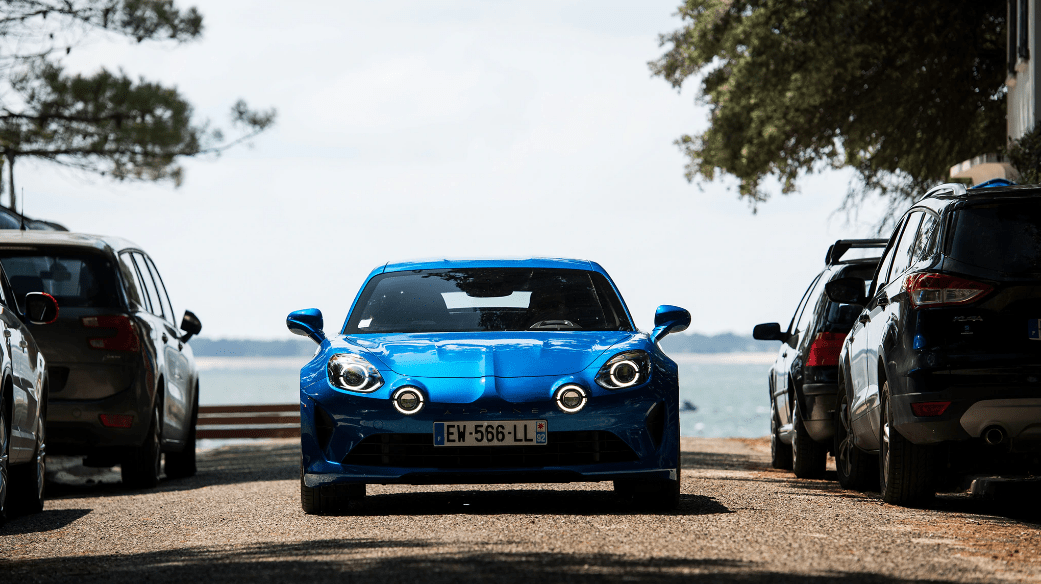
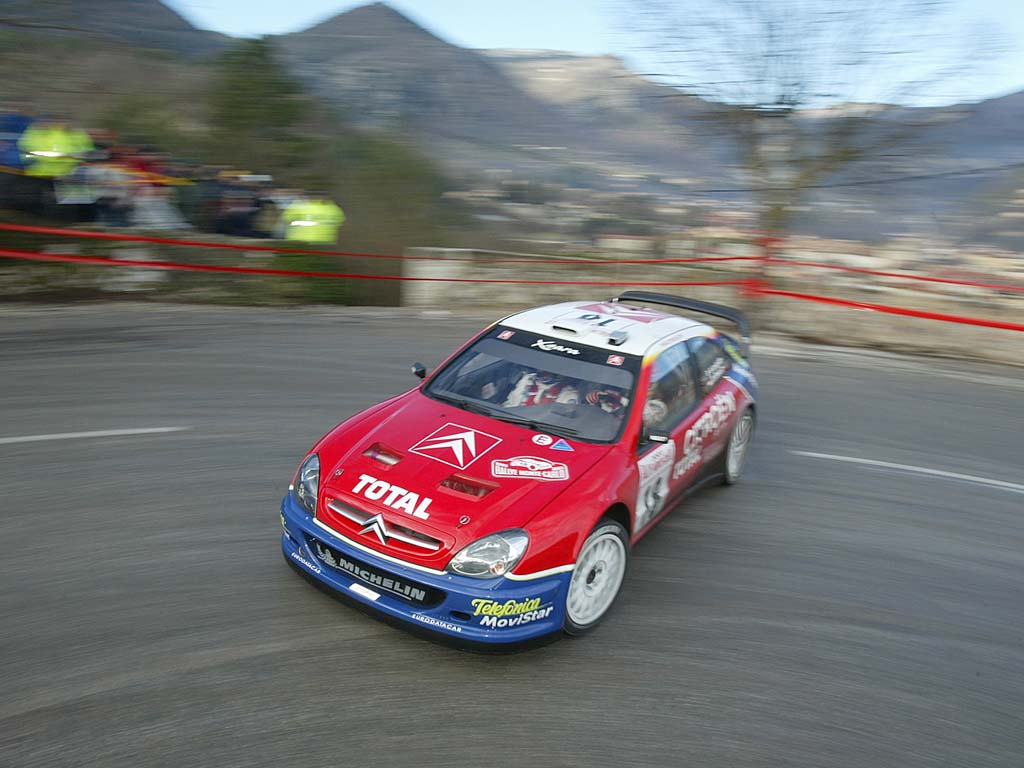
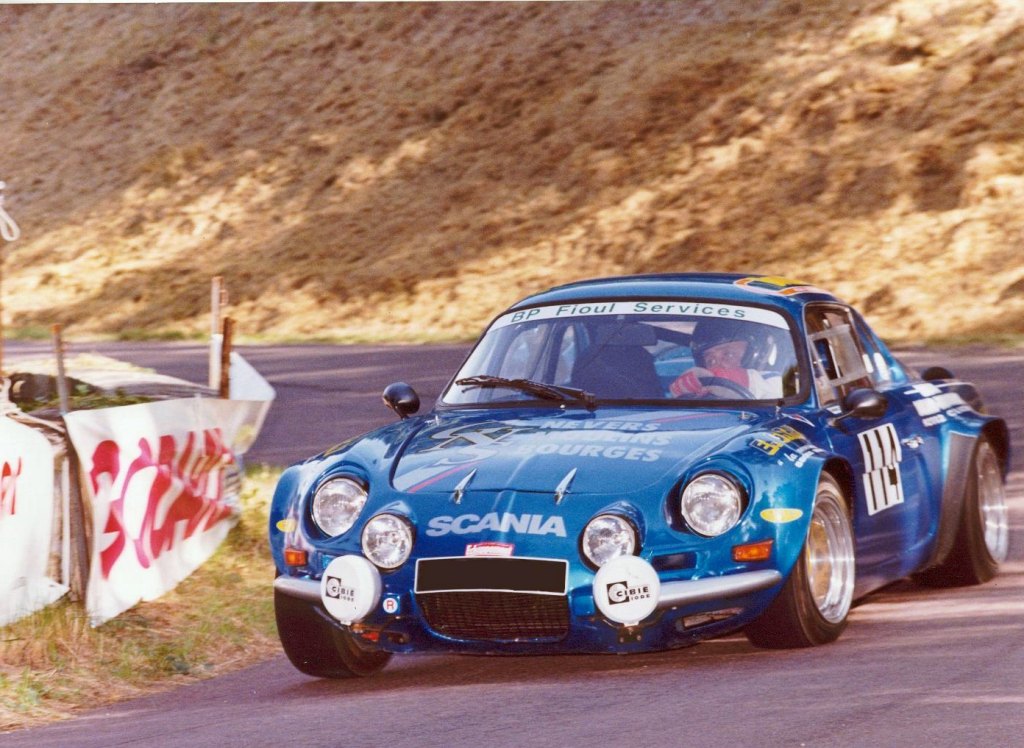

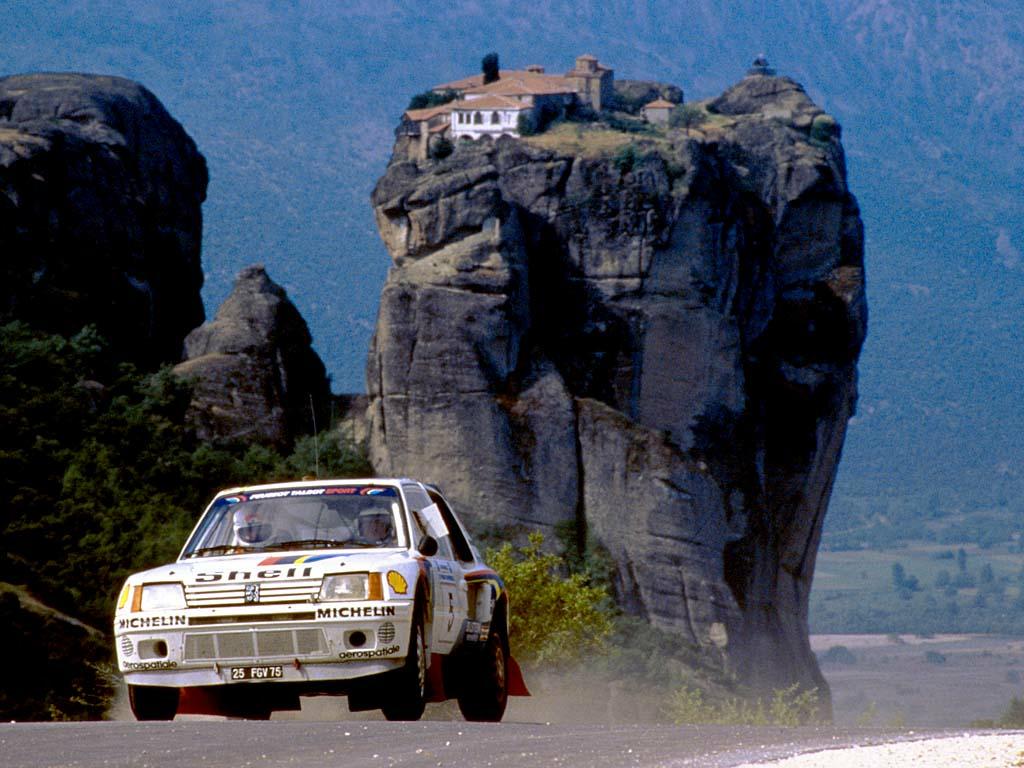

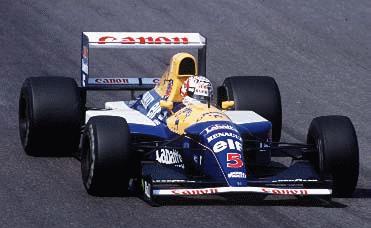
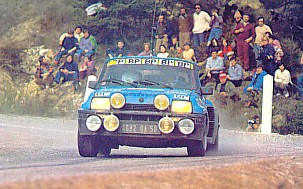
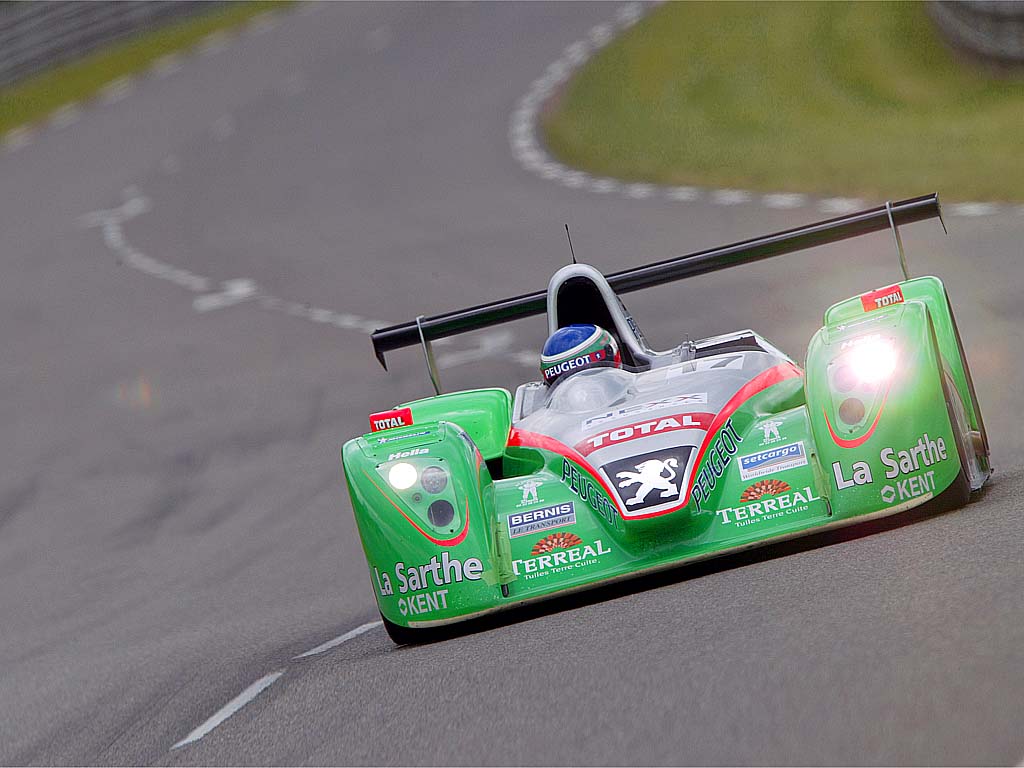

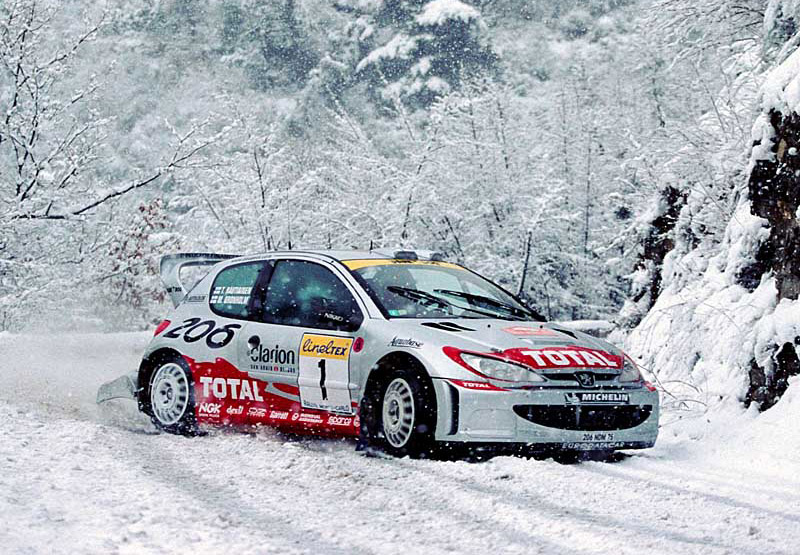


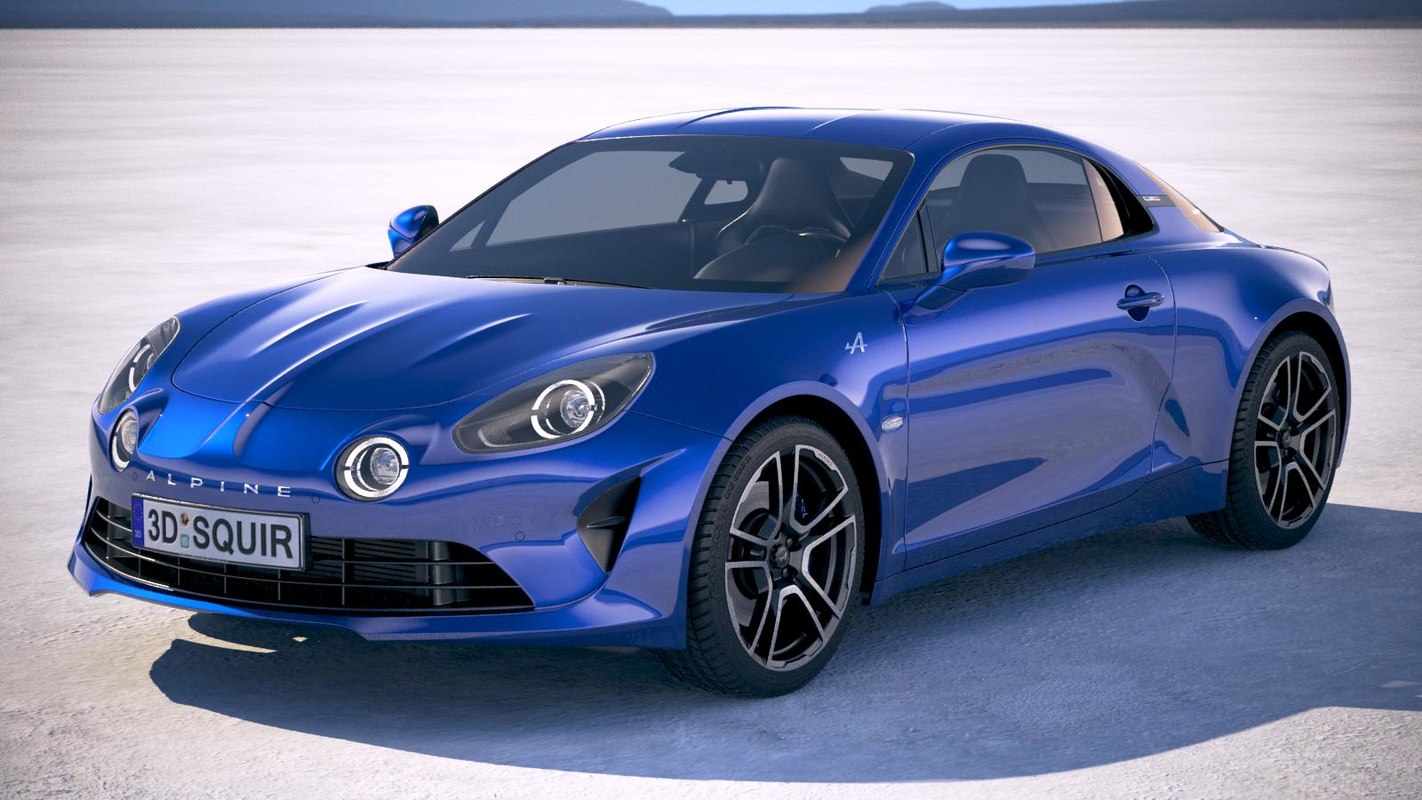

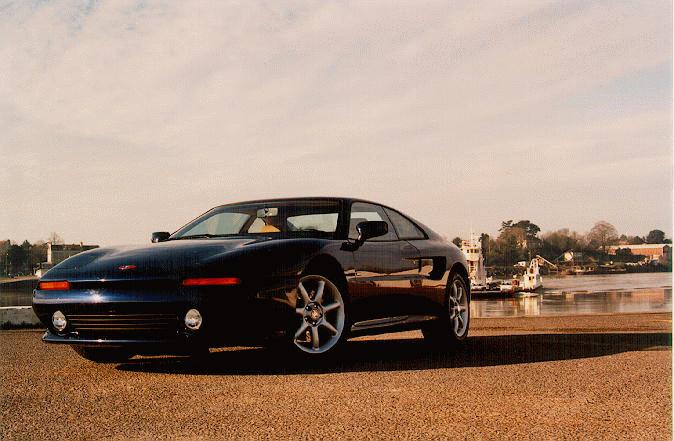
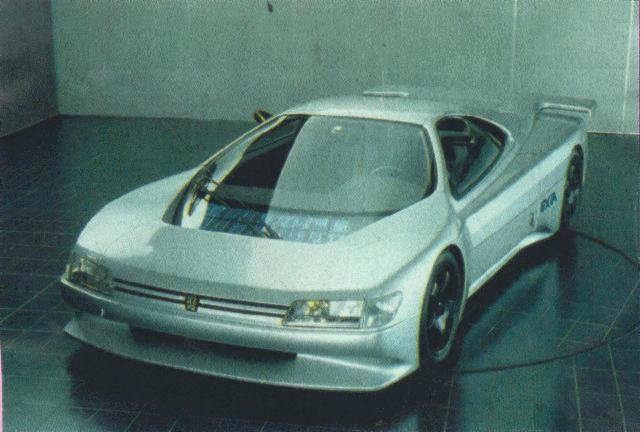
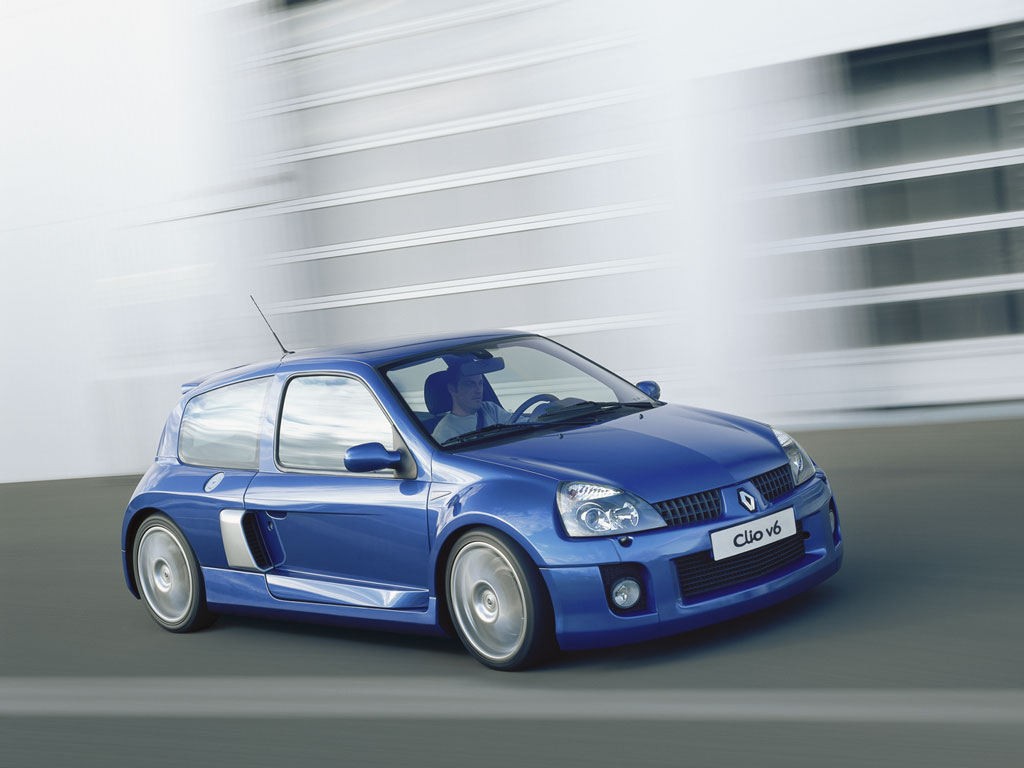
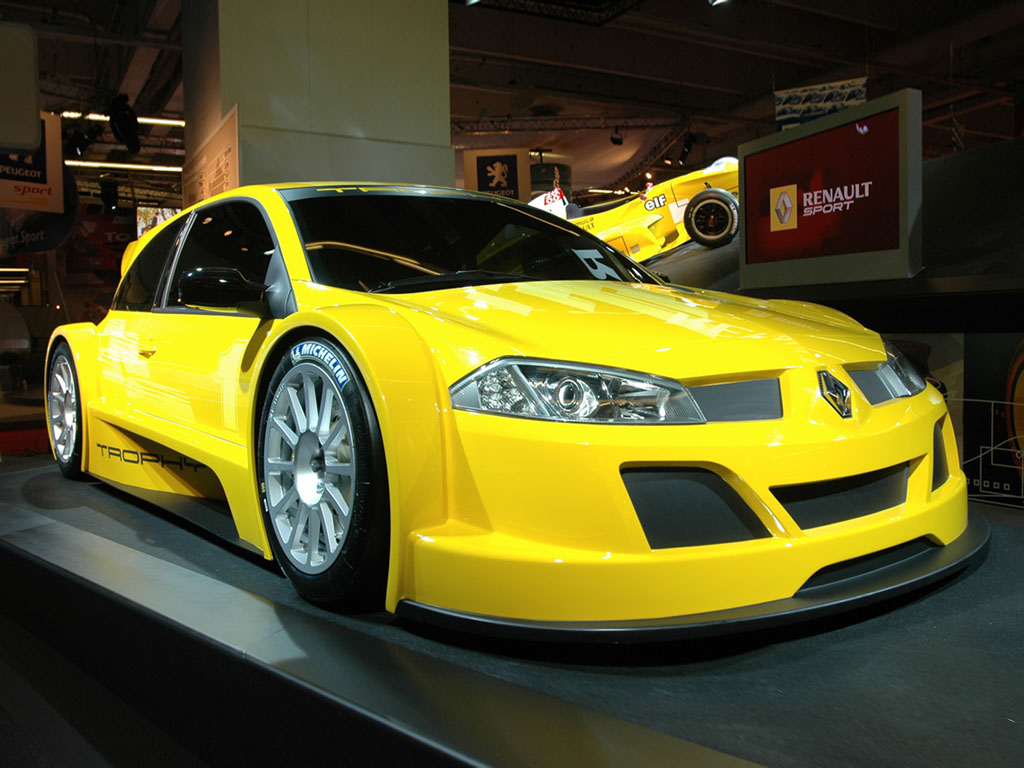
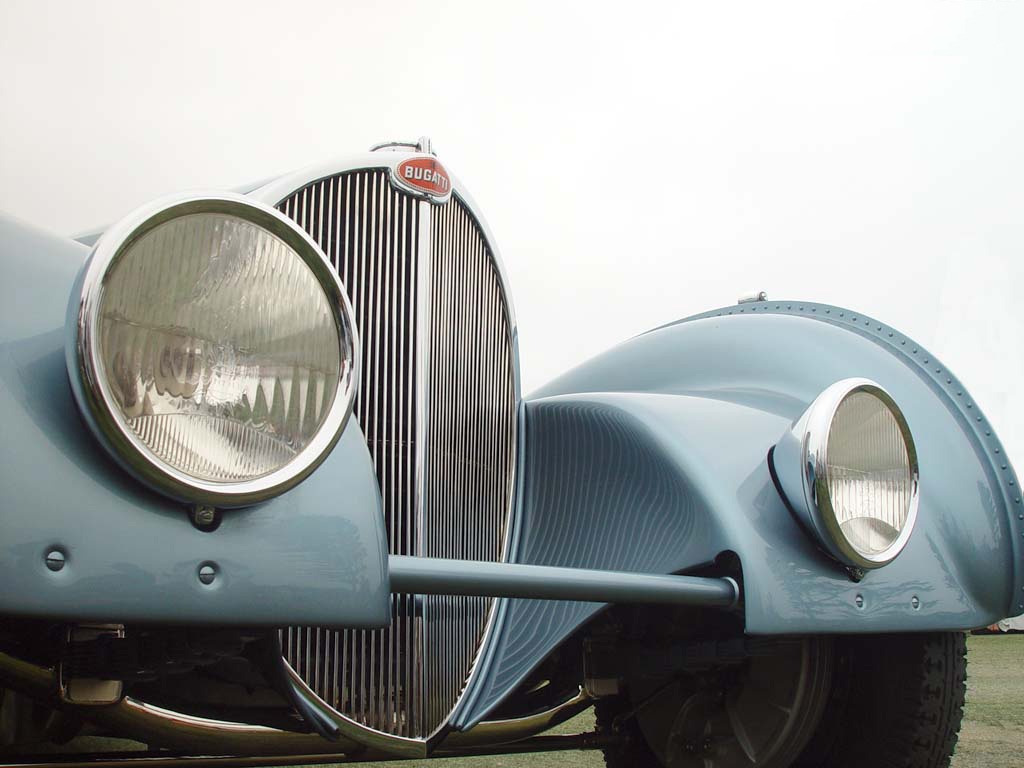

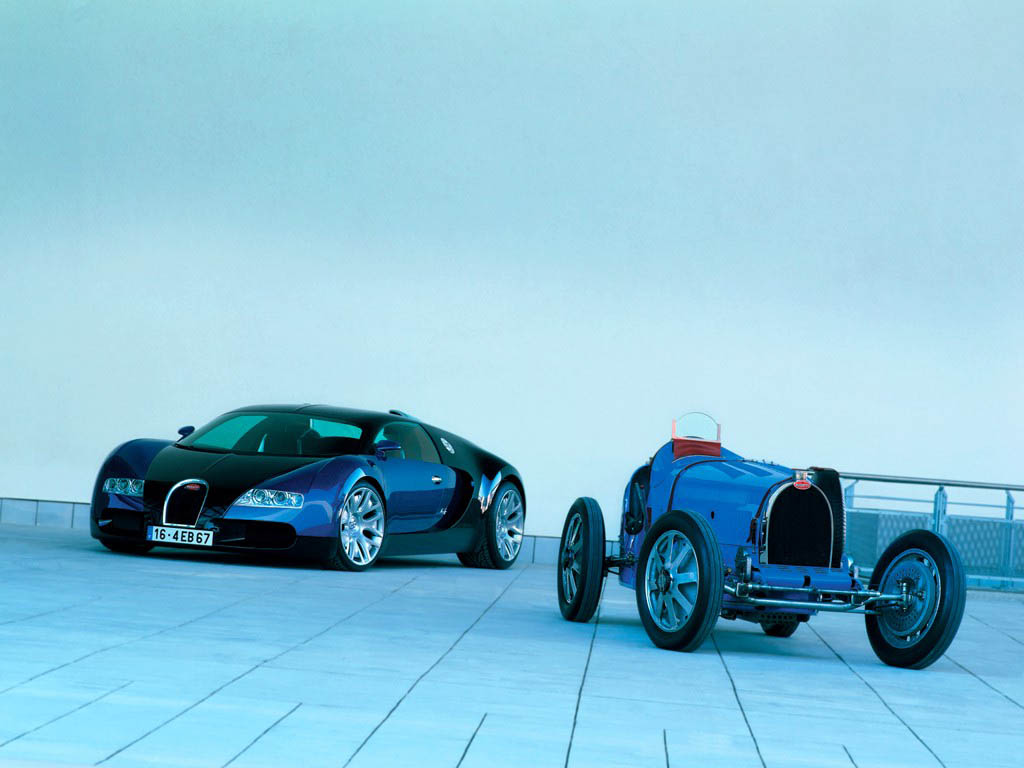
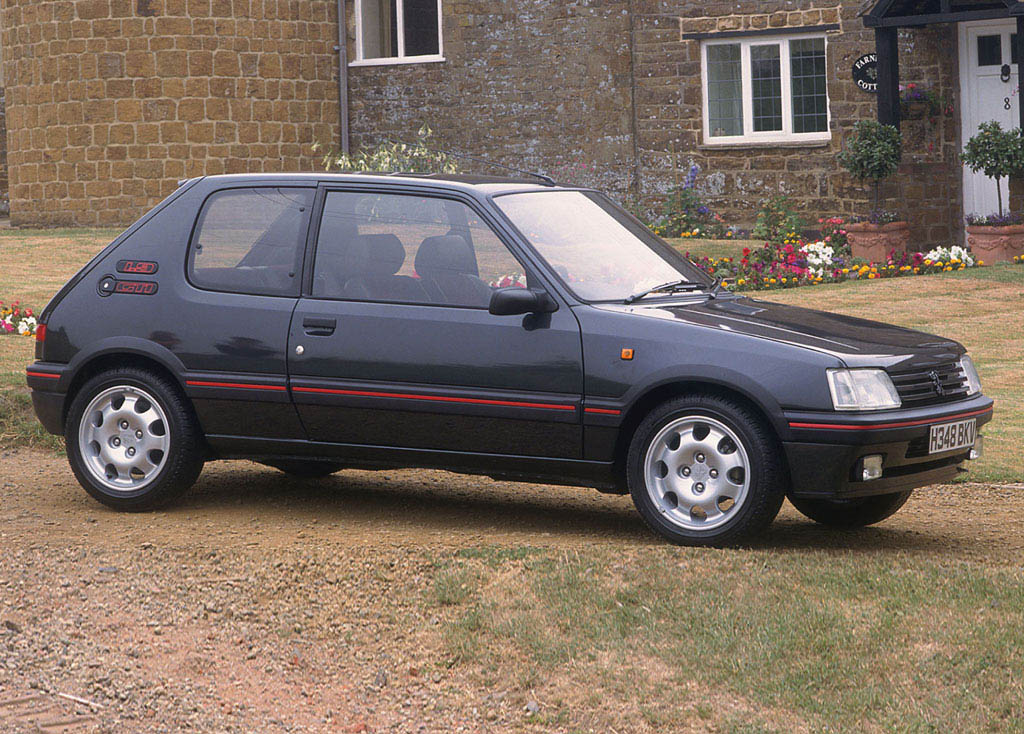



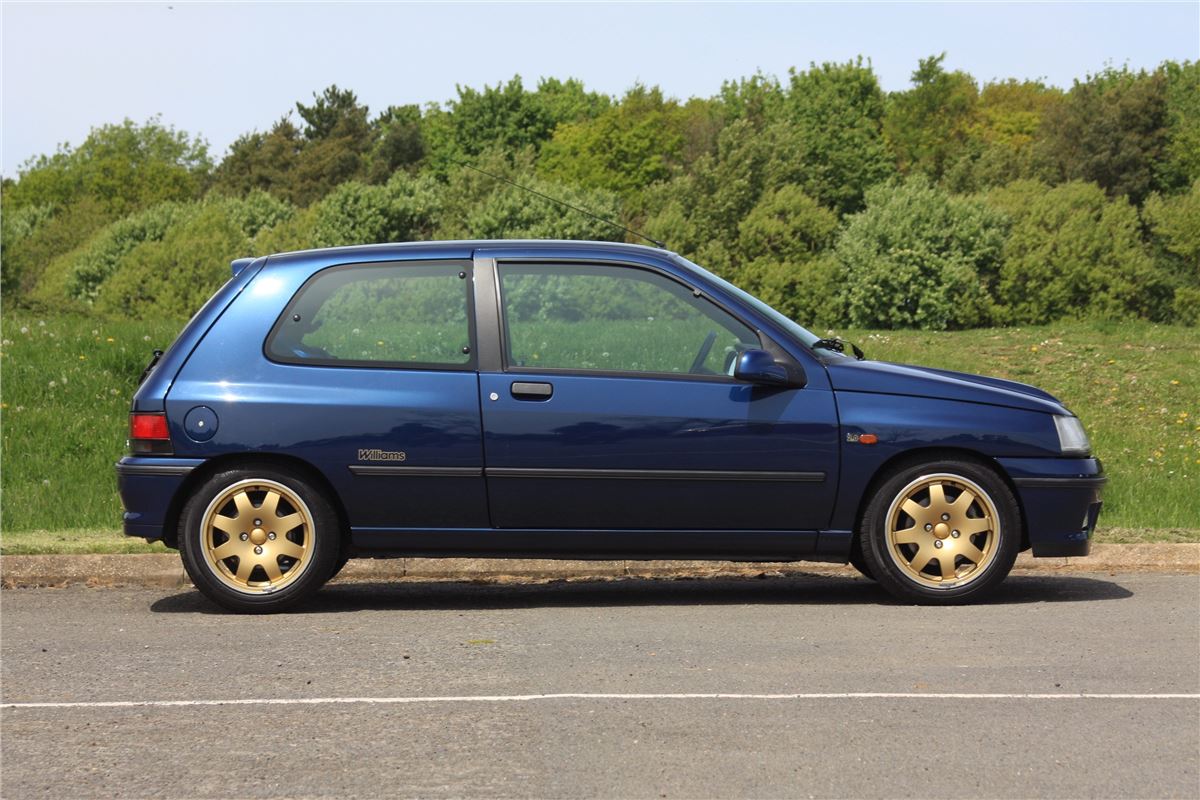


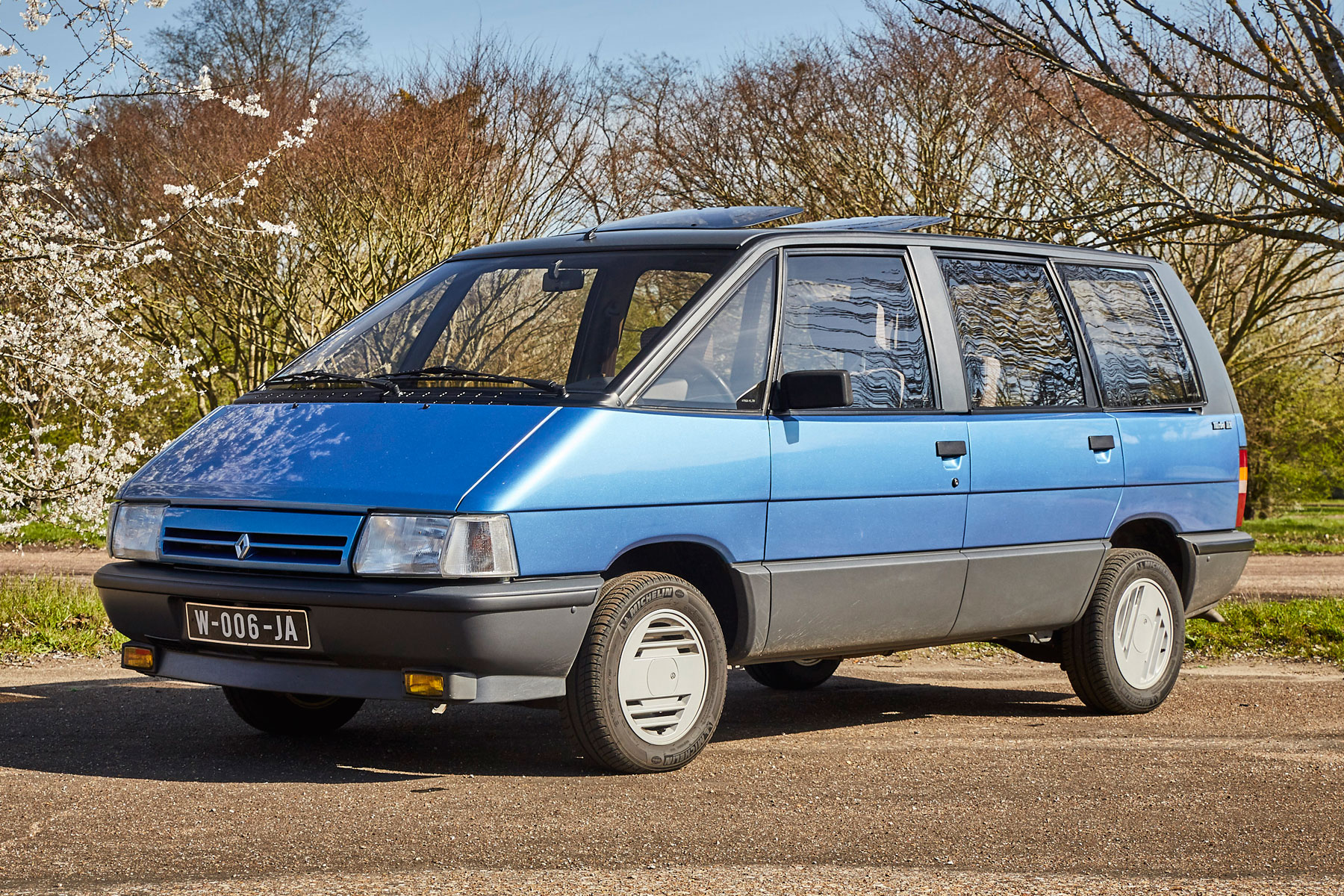

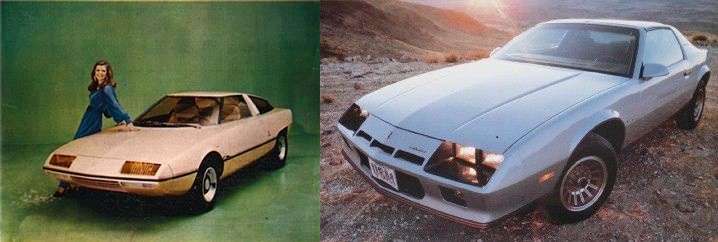
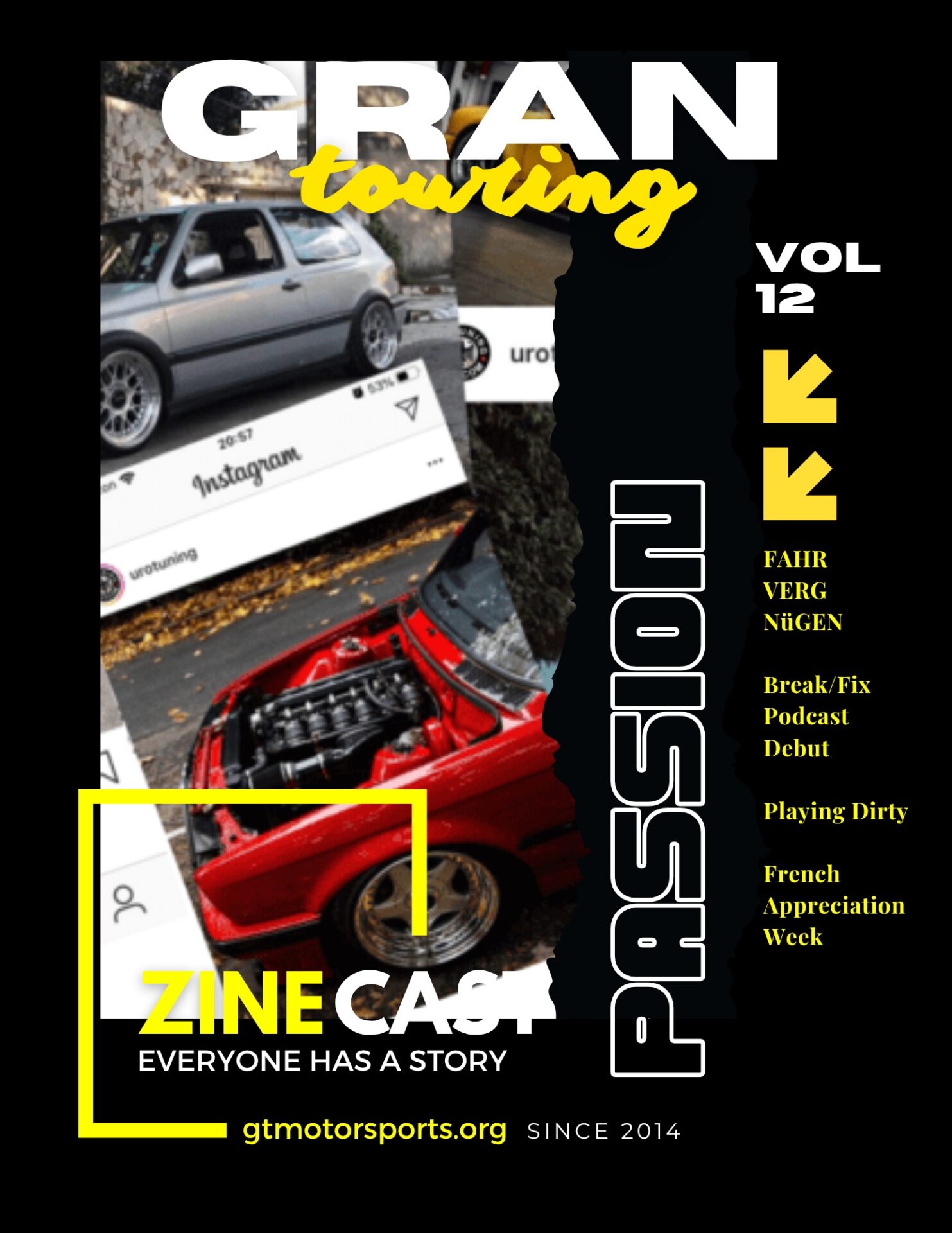


















I have a Peugeot pepper mill. Thought about Peugeot’s history and found it fascinating. Interesting bit of history about Peugeot: Bicycles, sewing machines, all sorts of stuff. Their pepper mill is legit; https://youtu.be/IXtoVrjrVN8
Hi, just wanted to tell you, I enjoyed this post. It was
funny. Keep on posting!
It’s not my first time to go to see this website, i am visiting this web
site dailly and take nice data from here everyday.
Hello there! This is my first comment here so I just wanted to give
a quick shout out and tell you I truly enjoy reading through your articles.
Can you suggest any other blogs/websites/forums that go
over the same topics? Thanks a ton!
Its like you read my mind! You appear to know a lot about this, like you
wrote the book on it or something. I think that you could do with a few pics to drive the message home a little bit, but other than that, this is wonderful blog. An excellent read. I will definitely be back.